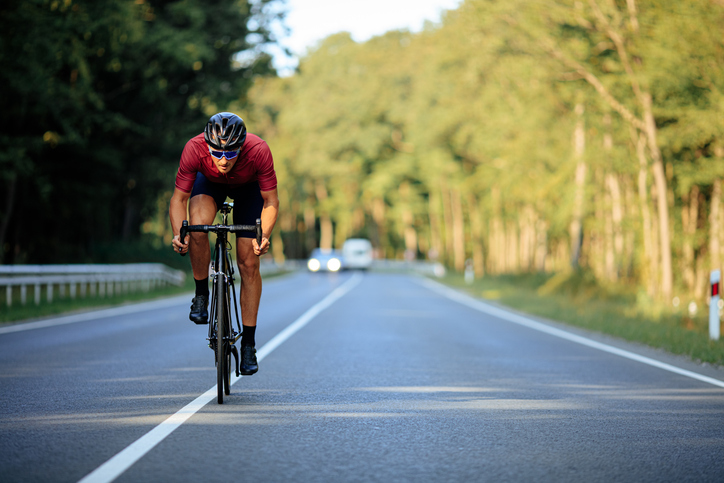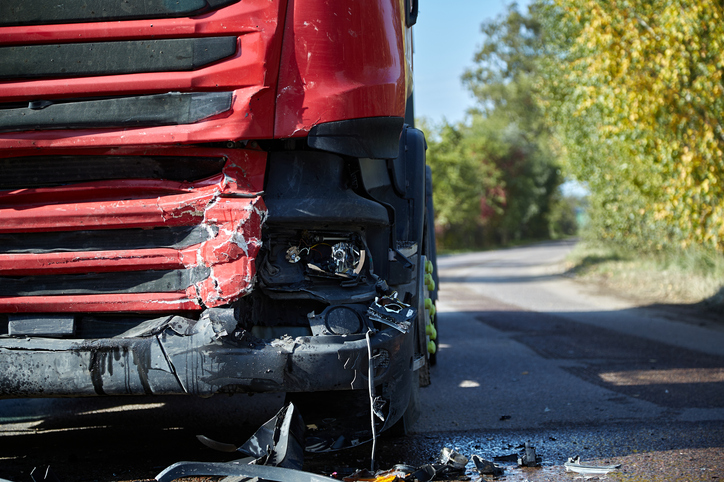Why Bike Lanes Aren’t Enough: The Dangers Cyclists Still Face on U.S. Roads
Linda Mark October 15, 2025 0 COMMENTS
Across the United States, cities have invested heavily in building bike lanes and promoting cycling as a clean, healthy mode of transportation. On paper, it looks like progress. More protected lanes, more cyclists, fewer emissions. Yet the data tells a harsher story: despite new infrastructure, fatal and serious bike accidents are climbing.
According to the National Highway Traffic Safety Administration (NHTSA), more than 1,100 bicyclists were killed in motor-vehicle crashes in 2022 — a 12% increase from the year before. Cities like Portland, Los Angeles, and New York, known for their cycling culture, have seen sharp upticks in accidents involving cars and trucks. Clearly, bike lanes alone aren’t solving the problem.
The Infrastructure Illusion
Bike lanes were meant to create safe zones separating cyclists from vehicles. But many U.S. cities treat them as afterthoughts — thin stripes of paint squeezed between parked cars and fast-moving traffic. The result is a “safety illusion”: lanes that look protective but fail to account for real-world driver behavior.
Dooring incidents — when a parked driver opens a car door into a cyclist’s path — remain common even in designated bike corridors. A University of British Columbia study found that door-zone collisions and right-turn conflicts are responsible for a large share of urban cycling injuries.
Even protected lanes have flaws. Many use low plastic barriers or flexible posts that offer little real defense against distracted or aggressive drivers. Some end abruptly at intersections, leaving cyclists exposed just when traffic interactions become most dangerous.
Driver Behavior and the “Blind Spot” Problem
Infrastructure alone can’t fix human error. Drivers remain the biggest variable in cyclist safety — and too often, the least predictable one.
The Vision Zero Network emphasizes that most fatal crashes occur because drivers fail to yield, misjudge a cyclist’s speed, or simply don’t see them. These aren’t isolated lapses; they stem from how drivers are conditioned to look for cars, not bikes. Even when cyclists have the right of way, they are effectively invisible in many motorists’ peripheral vision.
Add modern distractions — smartphones, infotainment systems, navigation screens — and the risk multiplies. A driver glancing at a phone for just two seconds while traveling 40 mph covers more than 100 feet without looking at the road. For a cyclist ahead, that can be the difference between life and death.
Intersections: The Most Dangerous Ground
Intersections are where most bike-vehicle crashes occur, and they expose how fragmented current bike infrastructure truly is. Cyclists traveling in protected lanes often lose that protection the moment they reach a junction. Painted “green boxes” or shared crossings don’t stop drivers from cutting across lanes or running red lights.
In Portland, city planners have made strides with protected intersections that physically separate turning cars from cyclists. Early data from the Portland Bureau of Transportation shows promise, but implementation remains uneven nationwide. Until intersections are redesigned for complete visibility and separation, cyclists will continue to bear disproportionate risk.
Technology Can Help — But Only So Much
Advances in cycling technology have improved personal safety, from radar-equipped bike lights to collision-warning helmets. Garmin’s Varia system, for example, alerts cyclists to vehicles approaching from behind, and the latest MIPS helmets can reduce rotational impact injuries by up to 30%.
Still, these tools mitigate rather than eliminate danger. No gadget can protect against a multi-ton vehicle running a red light or a driver who fails to check mirrors before turning. As the Insurance Institute for Highway Safety (IIHS) points out, the most effective safety solutions require systemic changes — redesigning roads, enforcing speed limits, and holding negligent drivers accountable.
Shared Responsibility and Legal Protection
While urban design and driver awareness campaigns play a crucial role, accountability is just as important. Cyclists injured in collisions often face medical bills, lost income, and long-term rehabilitation. Too often, insurance companies downplay or deny legitimate claims, assuming cyclists share most of the blame.
That’s where legal representation becomes essential. Attorneys who specialize in bike accidents understand how to investigate driver negligence, analyze police reports, and reconstruct crash scenes to establish fault. They help injured cyclists navigate complex claims processes and fight for fair compensation.
If you or someone you know has been injured in a bicycle collision, it’s important to understand your rights. For those in Oregon, experienced Bike accident lawyers, Portland can provide critical support in holding negligent drivers accountable and ensuring victims receive the justice they deserve.
RELATED ARTICLES
Recent Posts
- Why Thanksgiving Is the #1 Day for Home Cooking Fires — And How to Prevent Them
- The Hidden Shoulder Hazards in Construction Work — and How Workers Can Stay Safe
- The Hidden Safety Risks on Today’s Construction Sites — And Why Better Site Data Matters More Than Ever
- What the New Social Security Disability Changes Could Mean for Workers
- Home Safety Checklist 2026: Preventing Accidents, Fires, and Break-Ins in Comal County


